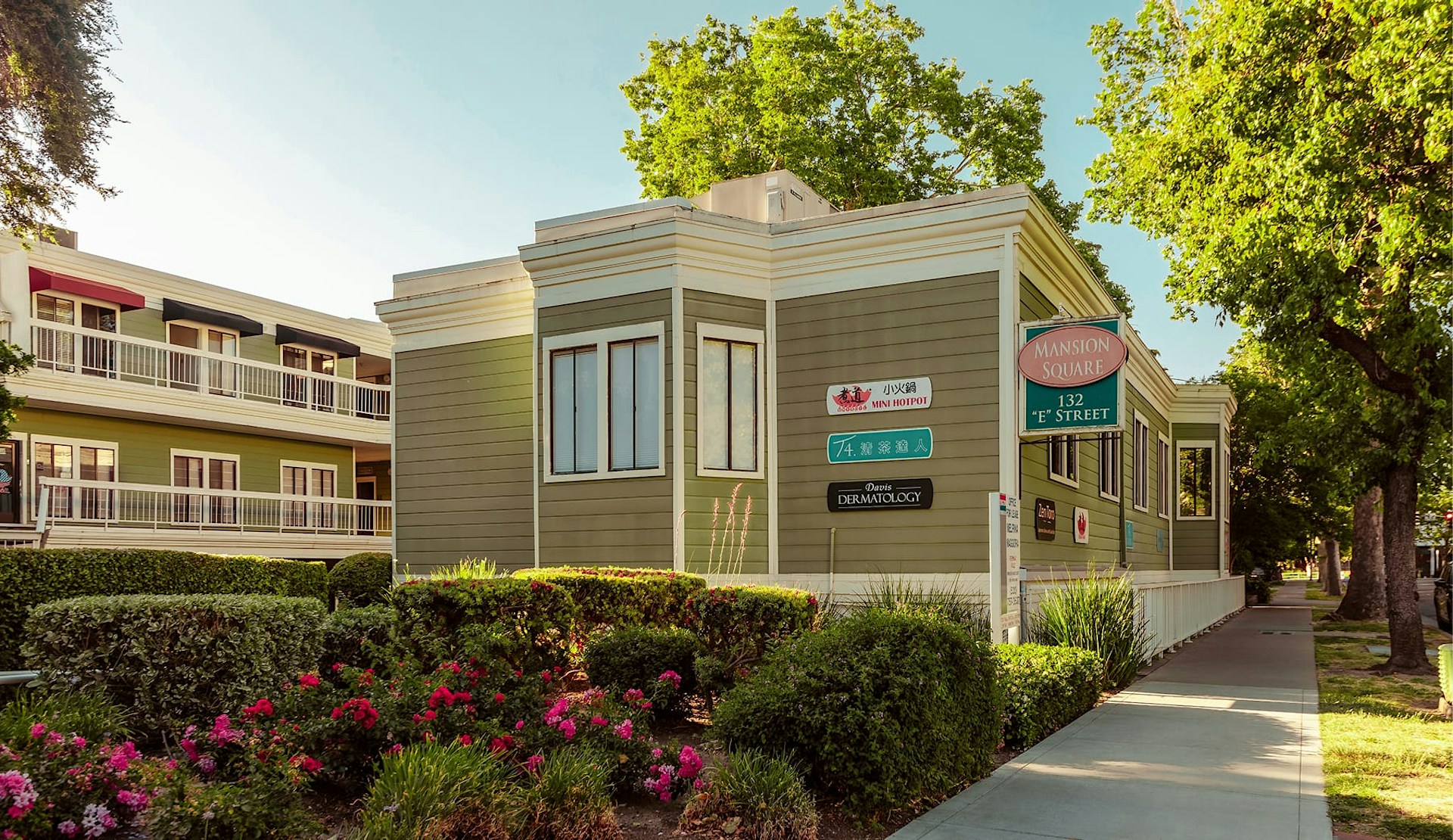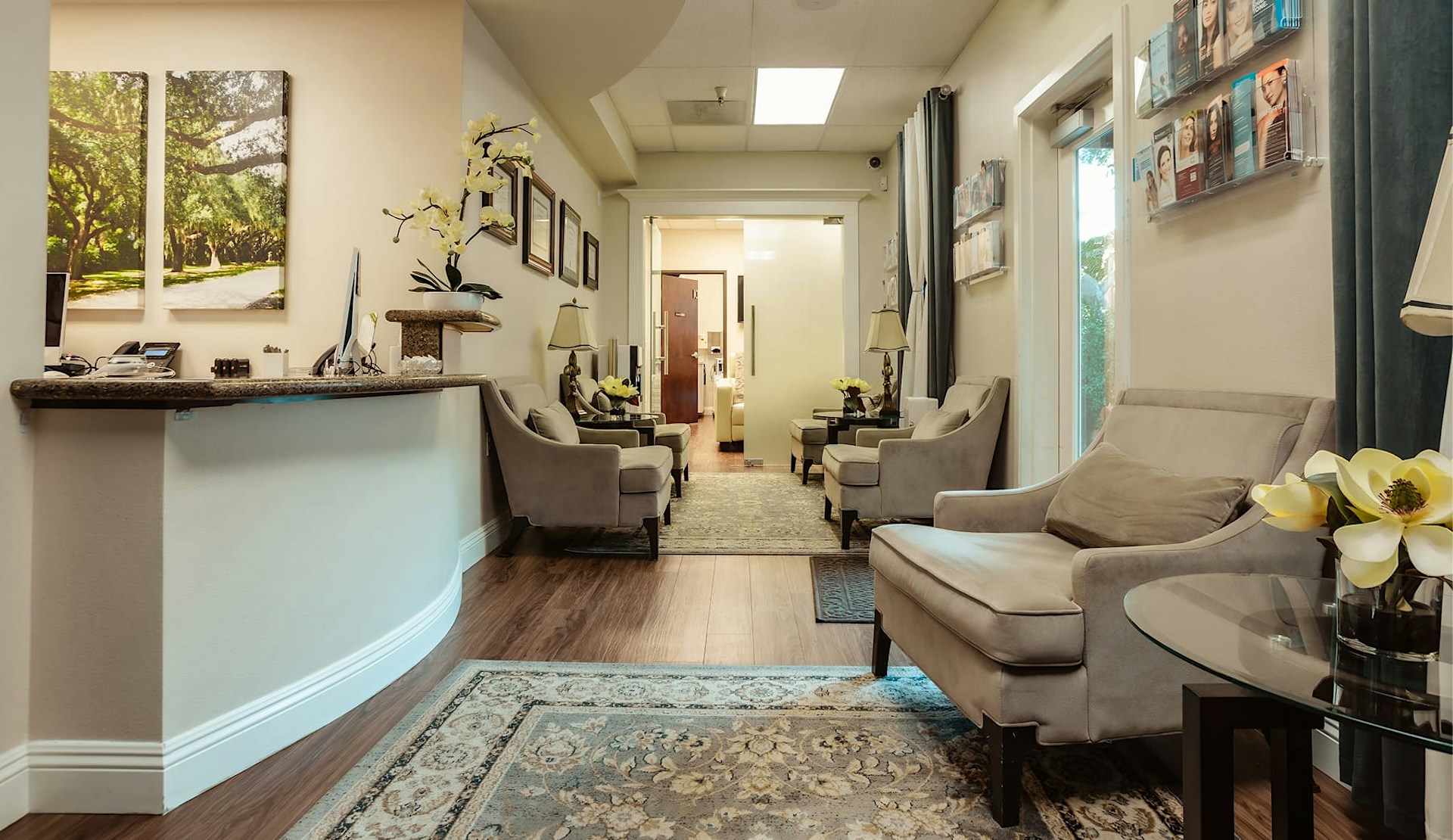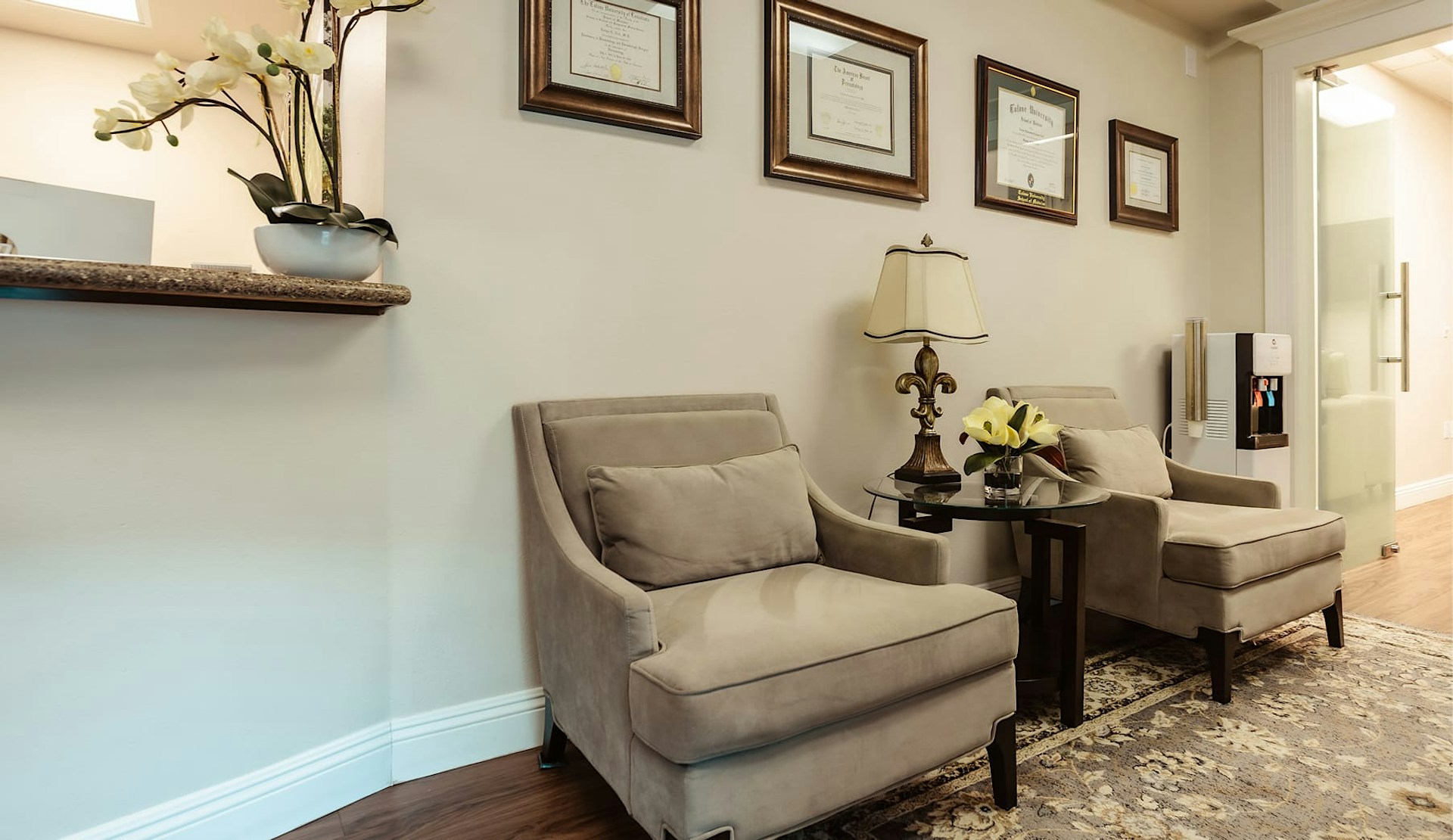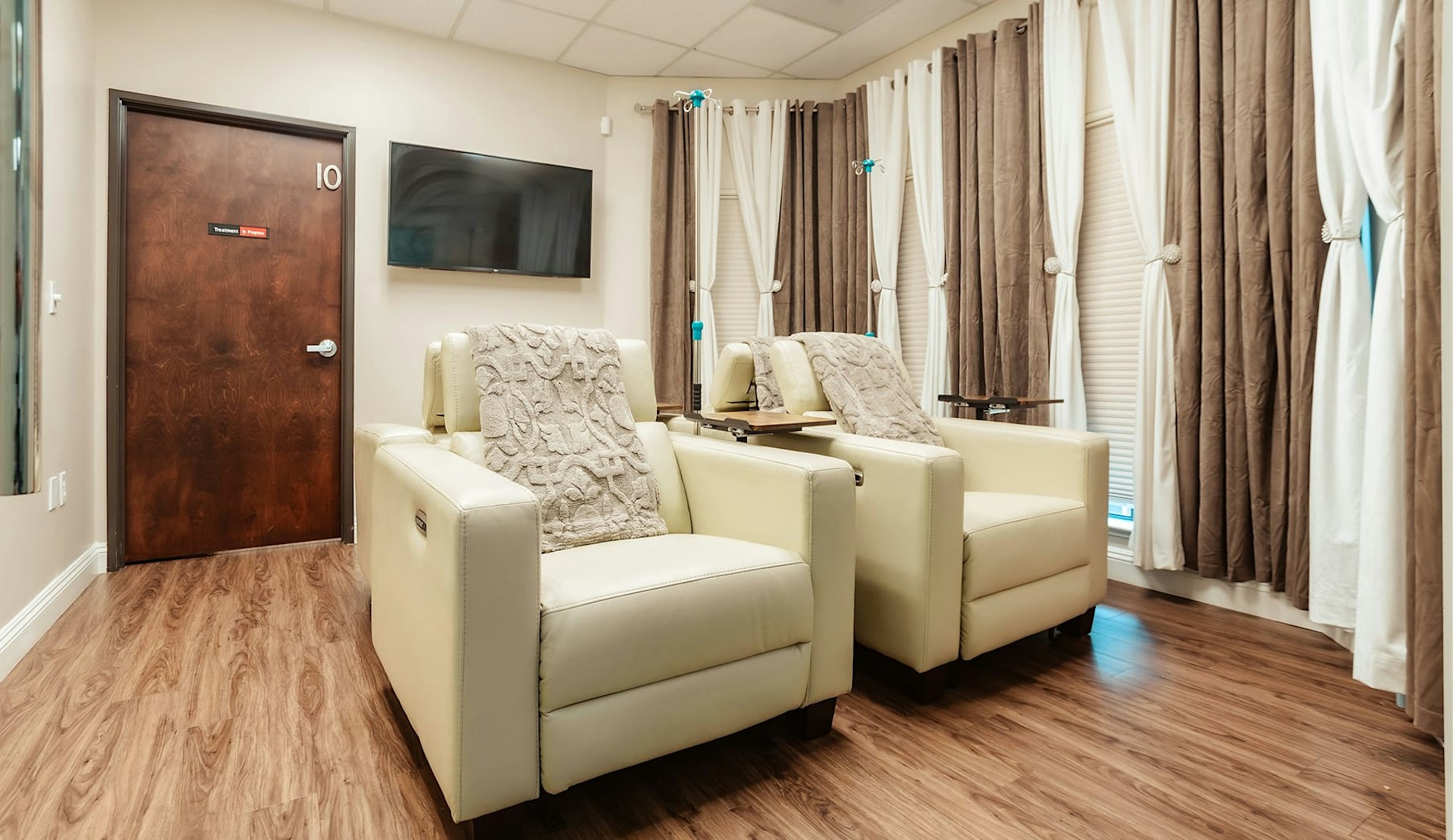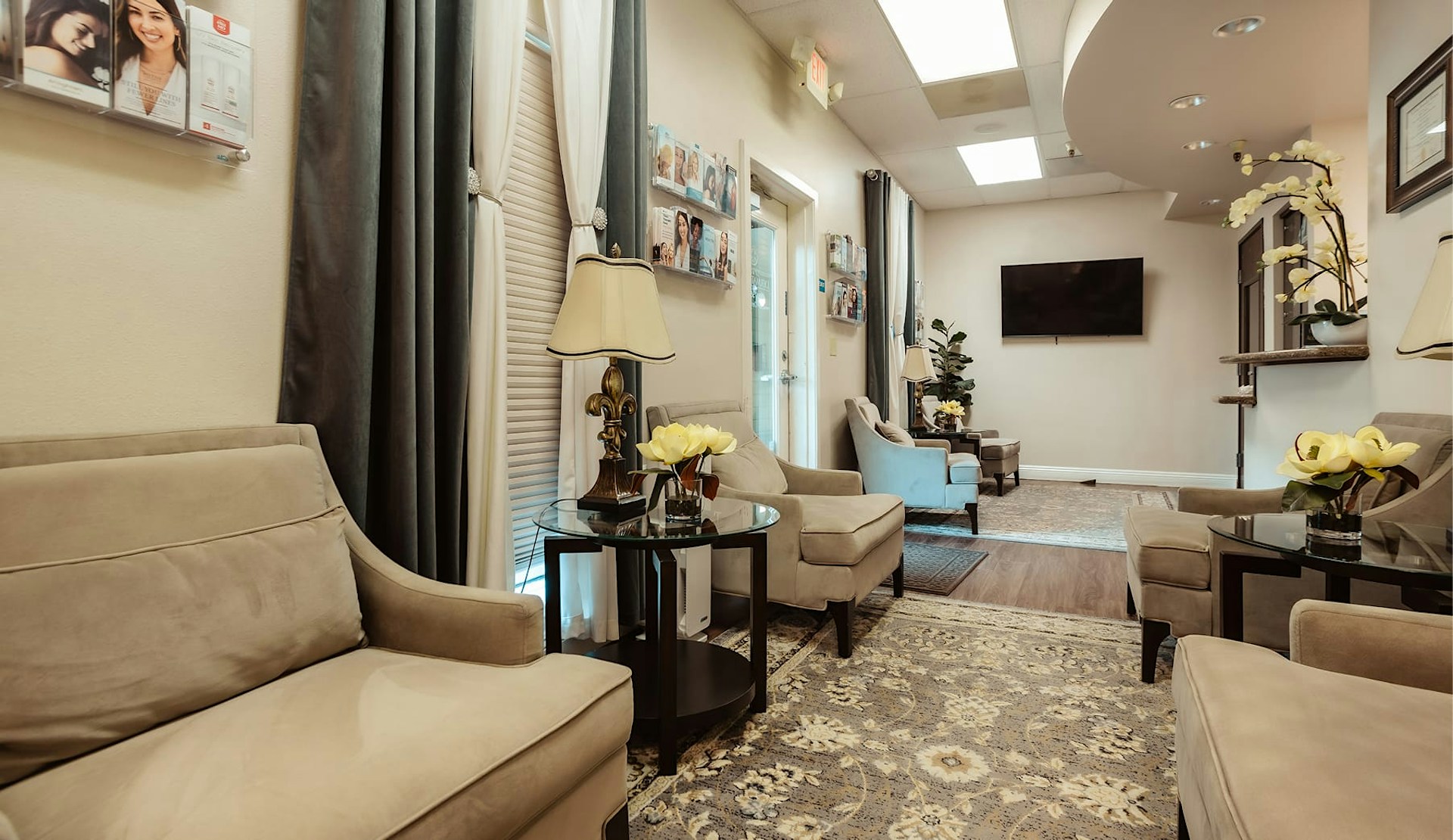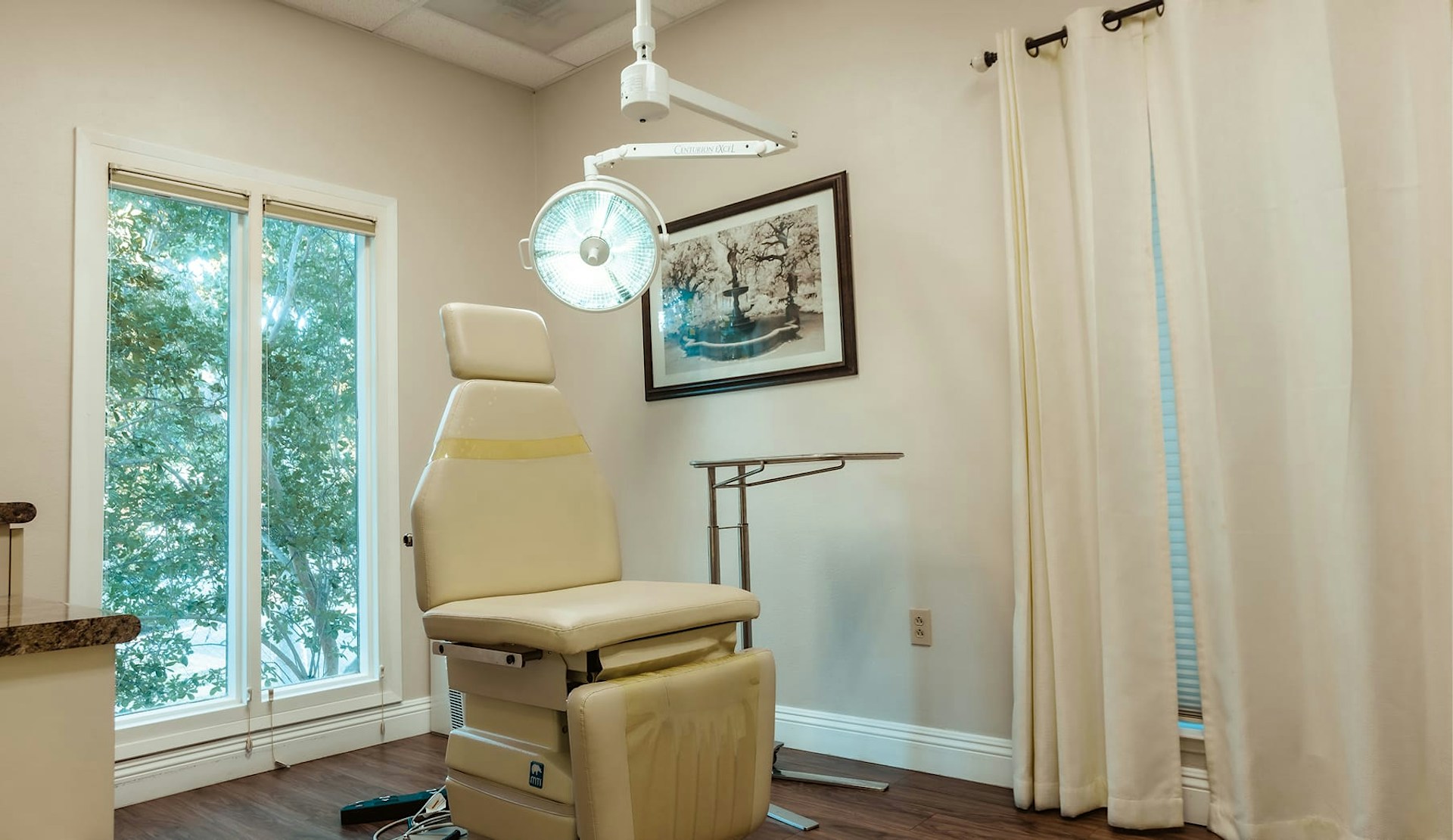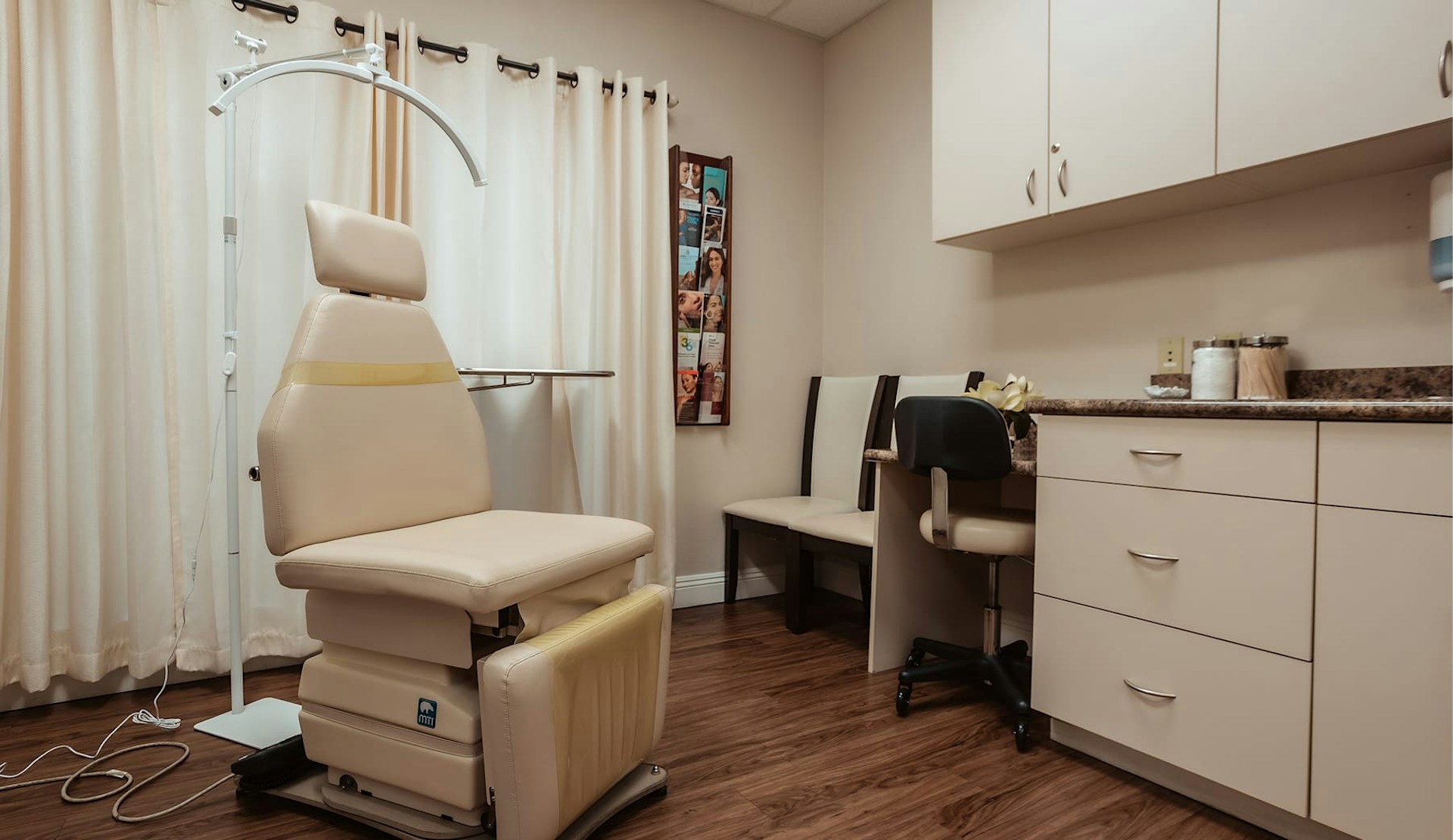A Closer Look at Melasma
Melasma is a common skin condition that causes brown or grayish patches to appear on the face, usually on the cheeks, forehead, nose, or upper lip. It’s more common in women, often related to hormonal changes during pregnancy or the use of birth control pills. As it darkens easily with sun exposure, many patients seek treatment after recent sun exposure.
Sunscreen Alone Isn’t Enough
One of the biggest misconceptions is that sunscreen alone will prevent the darkening of melasma when the skin is exposed to the sun.
While sunscreens help protect the skin from skin cancer, aging, and pigmentation, they do not completely prevent melasma or other brown spots from worsening.
Smart Sun Protection for Melasma
In addition to using a sunscreen containing zinc or titanium with a minimum SPF of 30, patients with melasma should sun protect using:
- Hats
- Umbrellas
- Sunglasses
- Clothing that blocks direct sun on the face and body
When spending time near reflective surfaces like water or metal bleachers, protective gear such as a face bandana or neck gaiter is strongly recommended.
Reapplication Is Critical
Melasma darkens quickly with sun exposure. For the best protection:
- Reapply sunscreen every two hours.
- Use physical blockers in combination with topical sunscreen.
- Be diligent even on cloudy or cooler days.








